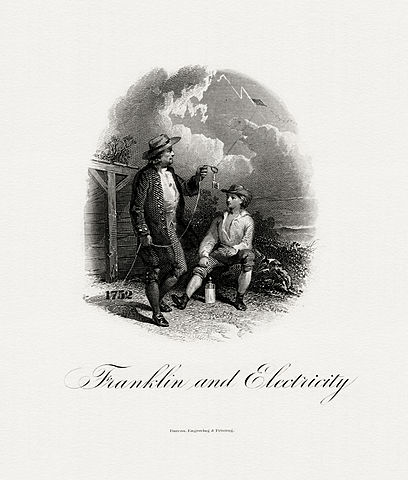So, I’ve decided to start the blog up again. I don’t have plans to resume the podcast any time soon though, because it is too time-consuming. After stepping away for a while and working on some other projects, I think I can carve out a chunk of time here and there to write a post. I don’t know how often I’ll write. Originally, when I stared the podcast, I tried to make sure I posted every ____ days. I didn’t like that, though, because it felt forced. So, now I’m doing it more for fun, and when I get inspired. The good news is that inspiration has been steadily creeping back in over the last few weeks. I’m preparing to teach a class called American Inventors for my homeschool co-op and I’ve come across some fun resources that get me excited and make me want to share with someone. And to save my non-history-loving mom friends from my rantings about history, I will share my thoughts here.
Speaking of which, the video below from the History Channel is a good one to show when you are studying Benjamin Franklin. You know, that time when Benjamin Franklin stood out in a thunderstorm with a kite and got struck by lightning? Oh yeah, that didn’t happen! At least, it didn’t happen the way so many people think it did. This is a good video for clearing up the myths surrounding his famous lightning experiment. (Don’t forget to look below the video for classroom uses!)
Classroom Uses:
- You could do a quick K-W-L before the video to see what your students know. (If you don’t know what a K-W-L is, this sheet gives the basic idea.) A K-W-L is good to use with a topic that your students already know about or have misconceptions about.
- Watch the video and create a two-column chart comparing the myth vs. the reality of the experiment.
- Use the video to reinforce the importance of Franklin as an Enlightenment figure.
- Use the video at the beginning of class to get your students interested in Franklin before a lesson on the Enlightenment in the US.
 Another great activity to use when studying Franklin is a word web. Word webs are great to use with people who are multi-faceted and/or have many different roles in US history. After you have discussed Franklin, divide students into groups and have them create word webs about him. (Make sure you show them an example of what a word web is. Here’s an easy Halloween word web that your students would easily understand.) You may need to prompt them or give hints as to how to divide up his life. Here’s a very quick example of how a word web about Franklin might be structured. Also, a simple word web could also be used as an exit ticket to reinforce content at the end of class.
Another great activity to use when studying Franklin is a word web. Word webs are great to use with people who are multi-faceted and/or have many different roles in US history. After you have discussed Franklin, divide students into groups and have them create word webs about him. (Make sure you show them an example of what a word web is. Here’s an easy Halloween word web that your students would easily understand.) You may need to prompt them or give hints as to how to divide up his life. Here’s a very quick example of how a word web about Franklin might be structured. Also, a simple word web could also be used as an exit ticket to reinforce content at the end of class.

